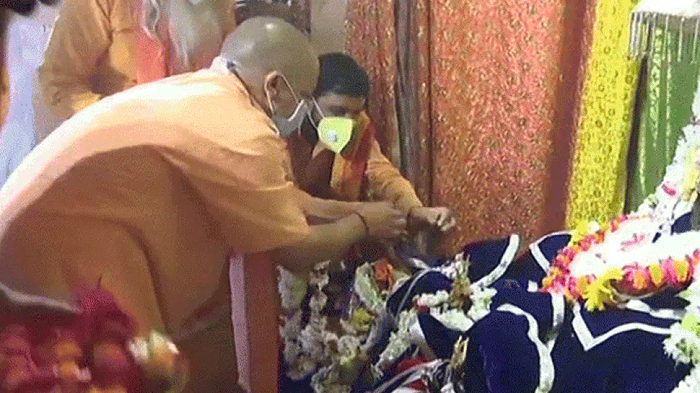Thiruvananthapuram, Feb 29: With Saudi Arabia indefinitely suspending visas for visit to Islam's holiest site for the Umrah pilgrimage in the wake of coronavirus outbreak, more than 10,000 people in the state who are awaiting their turn this year for the annual Hajj pilgrimage are a worried lot.
"This year more than 10,000 people in Kerala have been cleared by the Hajj committee," said C Muhammed Faizy, chairman, Kerala State Hajj Committee.
"There is no cause of worry. We hope that during the time of the pilgrimage, the travel restriction by Saudi Arabia will be lifted," he said.
Umrah is a pilgrimage to the holy site that can be undertaken at any time of the year, while the annual Hajj pilgrimage has specific months according to the lunar calendar.
"The move by the Saudi Arabian Government to impose travel restriction was due to the outbreak of coronavirus. It is a preventive step to contain it. In such large gatherings, if one person is affected, it will spread to others. So we fully understand the concerns of the Saudi Government," Muhammed Faizy added.
He said that the Hajj Committee only processes the requests of annual Hajj visit pilgrims and not Umrah.
"This year we expect the Hajj pilgrimage season to be from June to August after Ramzan. But it may vary according to the Ramzan date. We are yet to get any official correspondence from the Saudi Government regarding travel restrictions," he added.
The Saudi Arabian Government suspended visas for tourists from countries affected by the coronavirus, with many having to cancel their Umrah pilgrimage at the last minute.






Comments
Add new comment